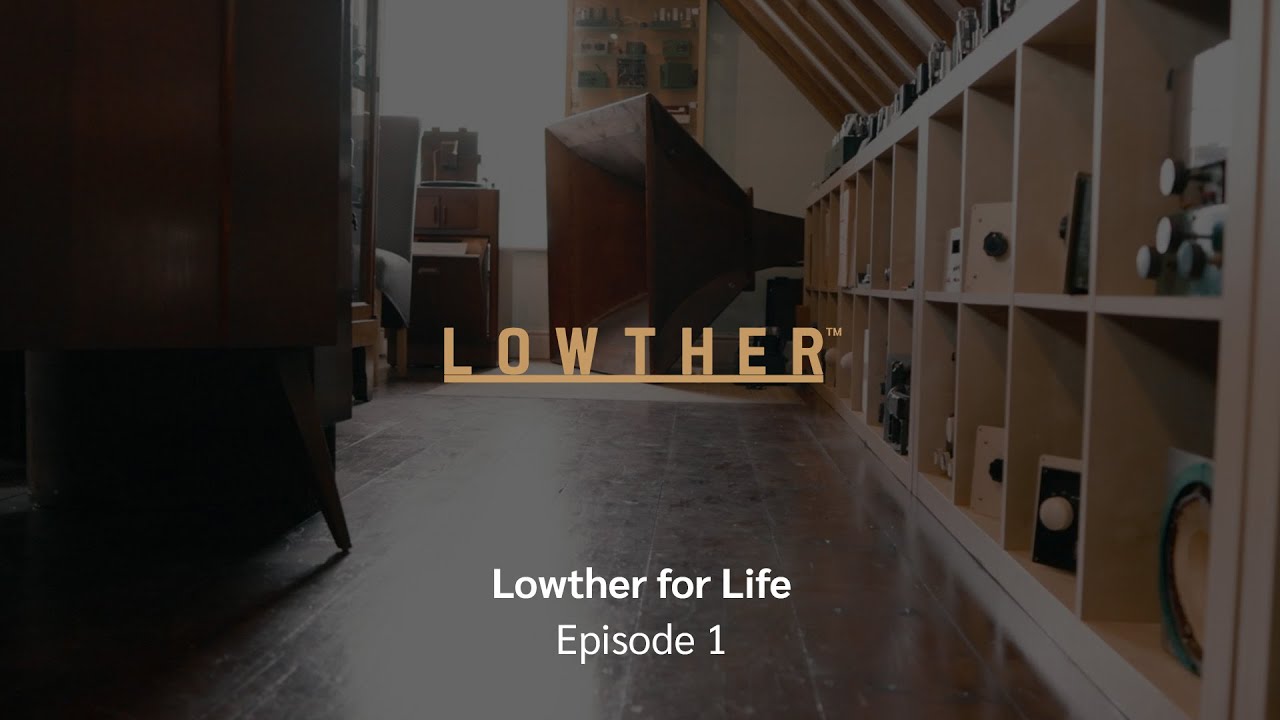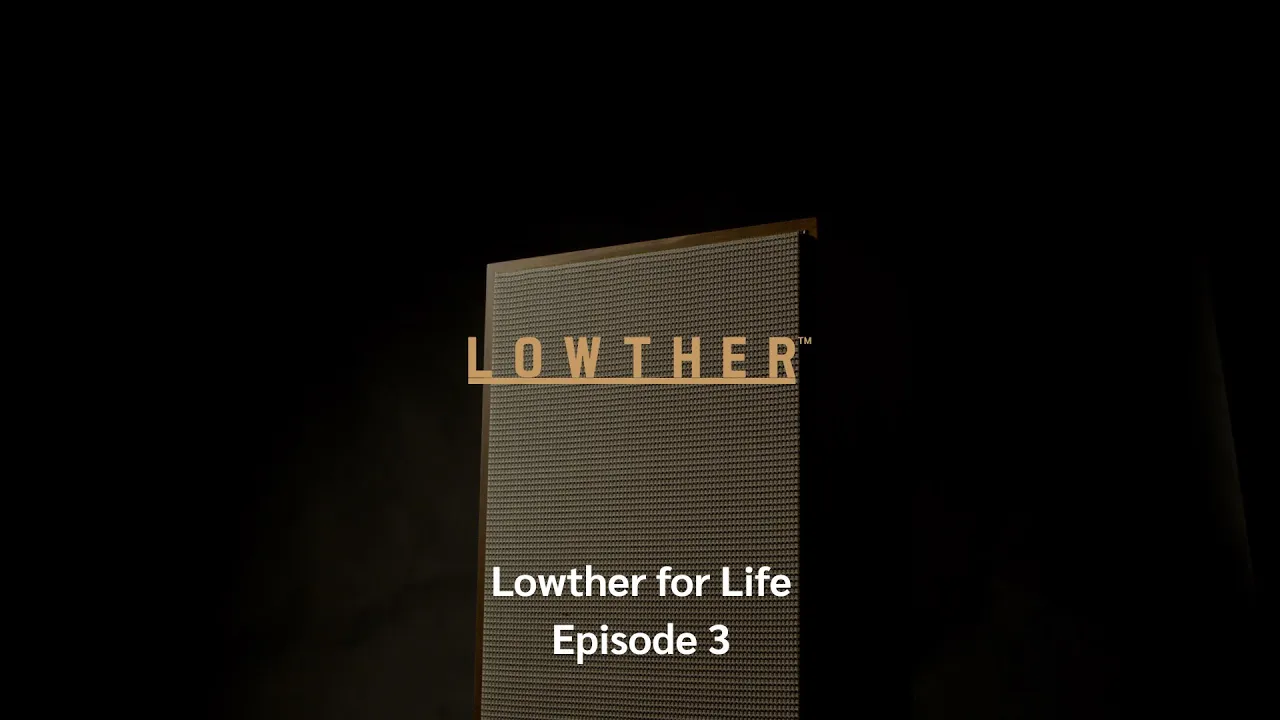The story of Lowther, and in many ways the story of hi‑fi itself, begins with Paul Gustavus Alexander Helm Voigt. Born in 1901, Voigt was educated at Dulwich College and later University College, London, where he earned his degree in electrical engineering in 1922. Even as a student he was restless with ideas. His very first article, published in Wireless World in 1920, described how a bright-emitter vacuum tube could be used in a reflex circuit to amplify both radio-frequency and audio signals, an innovation at a time when wireless itself was barely established.
Early Career at Edison Bell
Upon graduation, Voigt joined J. E. Hough Ltd., better known as Edison Bell, a company producing gramophones and records. There he threw himself into the problem that would define his life: how to reproduce sound with the same clarity with which it was first broadcast or recorded. He believed that a recording groove should be engraved with the same precision as a radio carrier wave was modulated by the BBC.
To achieve this, Voigt designed every link in the audio chain: microphones, cutters, transformers, amplifiers, pickups, and loudspeakers. By agreement with Edison Bell, the patents remained his, nineteen in total during his time there. Among them was British Patent 238,310 for a moving-coil loudspeaker. Though the filing date narrowly followed the work of Rice and Kellogg in the United States, Voigt's design stood on its own merits, marking him as one of the first true pioneers of high-efficiency moving-coil loudspeakers.
It was at Edison Bell too that Voigt began shaping the geometry that would make him famous: the tractrix horn. Originally developed for cinema use, the tractrix profile allowed smooth wave propagation, minimising distortion and imparting a natural, open character to reproduced sound.
The Voigt Horn
Among Voigt's most ambitious experiments were his tractrix cinema horns. Some were so large they had to be suspended from ceilings with wires, their cavernous mouths looming over audiences, yet delivering clarity and scale unknown at the time.
A surviving Edison Bell blueprint from 1929 captures one of these designs: a four-foot horn, complete with its mounting foot and suspension system. Its elegant flare embodies the tractrix principle, a geometry that became Voigt's hallmark.
Nearly a century later, Lowther has revisited this very idea. The modern Voigt horn is both a homage and a continuation, proving that his acoustic geometry remains as relevant today as when it first hung in cinemas. In bringing the design into the present, Lowther affirms its belief that the very best ideas in sound are timeless.
The Domestic Corner Horn
In the early 1930s, Voigt's work turned toward domestic listening. He designed what became his signature loudspeaker: the Voigt Domestic Corner Horn. By placing the horn mouth into the corner of a room, Voigt used the walls themselves as extensions of the horn flare, achieving powerful bass from a relatively compact cabinet. Combined with his field-coil moving-coil drivers, the Corner Horn was capable of dynamics and clarity unknown in home listening before.
When entrepreneur O.P. Lowther sought a superior loudspeaker for his luxury radiograms, it was Voigt he turned to. The partnership, formalised in 1934 as Lowther-Voigt Radio, produced the Lowther-Voigt Radiogram, a combination of Lowther's electronics and Voigt's loudspeaker designs. This was the true genesis of the Lowther name in audio.
Philosophy of Sound
Voigt's surviving writings and interview reflections reveal a man more concerned with fidelity than fashion. He described the ideal loudspeaker not as a producer of sound but as a "hole in the wall" through which one simply heard reality. Power and loudness were secondary; what mattered was accuracy, coherence, and naturalness.
He also anticipated what later became the full-range, single-driver philosophy: that one diaphragm, properly designed and horn-loaded, could cover the musical spectrum without crossovers or multiple drivers interrupting the signal. His twin-cone diaphragm with "whizzer" extension remains a cornerstone of Lowther design.
Departure and Later Life
After the Second World War, Voigt found the atmosphere in Britain increasingly difficult. Prejudice against his German ancestry, coupled with health issues, pushed him to emigrate. In 1950 he moved to Canada, where he taught electronics and later worked for the Canadian government in radio regulation. Though largely absent from the commercial loudspeaker market thereafter, he continued to think deeply about acoustics and even broader physical problems such as gravity and electricity, which he referred to as "the riddles of the fundamentals."
Recognition and Legacy
Though modest and never one to "blow his own horn," Voigt was widely respected. He became one of the first Fellows of the British Kinematograph Society in 1946, honoured again in 1969 at the Royal Institution for placing Britain "at the top of the table in high quality sound stakes". In 1974 he was awarded Honorary Membership of the Audio Engineering Society.
Tributes poured in after his death in 1981. Paul W. Klipsch, another horn-speaker pioneer, wrote that he wished he had known Voigt longer, recognising him as a man who had understood the advantages of horns earlier than most. Peter Walker of Quad described him as one of the few who had truly lifted Britain to the forefront of world audio.
The Father of High Fidelity
Voigt's contribution was not simply technical; it was philosophical. He set the terms of what hi‑fi would become: accuracy over artifice, efficiency over brute force, and elegance of design over complexity. His tractrix horns and corner enclosures were precursors to much of modern acoustic engineering. His belief in the full-range driver defined Lowther's identity.
When we listen to a Lowther today, we are not only hearing music. We are hearing Voigt's vision of truth in sound, carried forward for nearly a century.




